Not all that is old should be dismissed—in photography or in life. In olden days back when film reigned supreme—actually not that long ago—cameras most often came with a “normal lens”, not a zoom. A normal lens is one that gives a perspective that generally looks “natural” to a human observer under normal viewing conditions. It looks at the scene much like the human eye rather than producing the distorted wide vision of a wide angle lens or the compressed and magnified view of a telephoto. The most common normal lens that came with the 35mm camera was the 50mm f/1.8 lens. When you bought a camera back then, this is what you got. That is, before everyone got all excited about zoom lenses.
So now few photographers use 50mm fixed focal length lenses. And few realize what they are missing by not having a fabulous fifty in their tool kit.
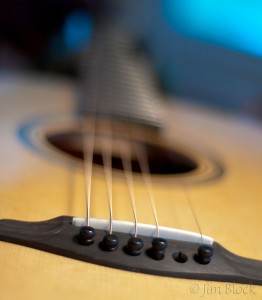 Consider the positives of a 50mm f/1.8 or f/1.4 lens.
Consider the positives of a 50mm f/1.8 or f/1.4 lens.
- It is fast. This means a faster shutter speed at lower ISO and hence less noise. It enhances your ability to shoot in very low light conditions.
- Wide open it has a very shallow depth of field. Great for blurring backgrounds, especially when you are close to your subject as in this photo I took at a guitar building school. (Click the image to see more from this assignment.)
- It will most likely be the sharpest lens you own.
- With the sub-full-frame sensors on the cameras most people use, it makes an excellent portrait lens with an “equivalent” focal length of 75-80mm (or 100mm with some).
- It is very small and light so it is easy to carry as an extra lens.
- Coupled with inexpensive extension tubes it makes a great macro lens.
- It provides a normal distortion-free image.
- Since it opens wide, it is very bright and hence focusing is easy, even in the dark. Since the depth of field is shallow, you can manually focus with precision.
- It is remarkably inexpensive— I paid just a bit over $100 for my Nikon 50/1.8.
I prefer the 50mm f/1.8 lens to the f/1.4 variety. It is only a half stop slower and it cost about one third of what a typical f/1.4 lens does.
Here are two images shot wide open with my fabulous 50 lens of a contra dance in dim light.
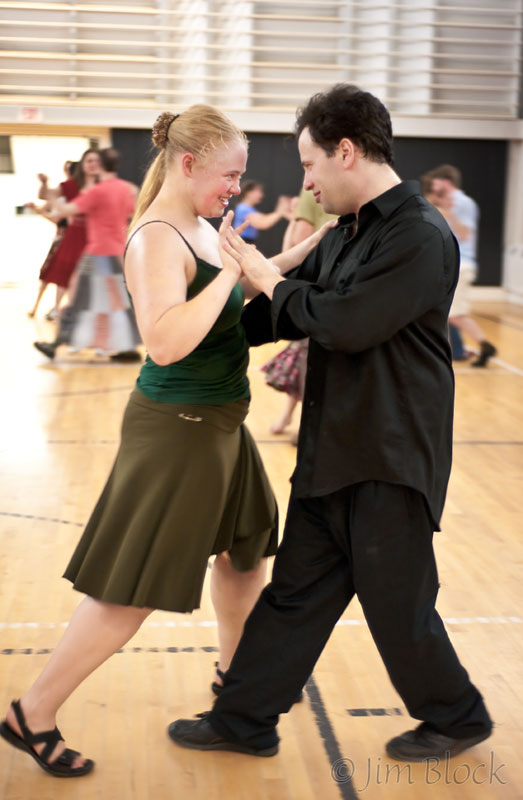
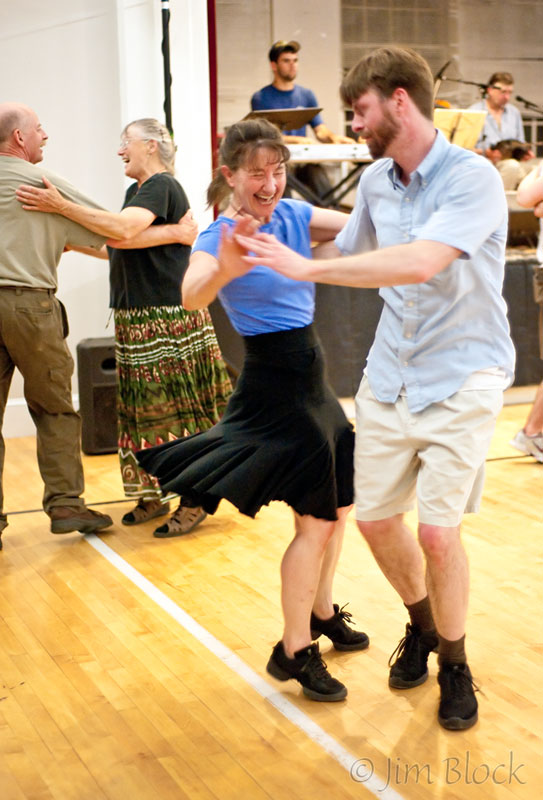
Here are two images that show how you can control depth of field with this lens.
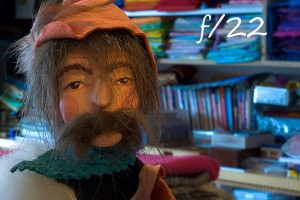
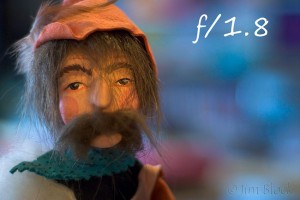
Below is an uncropped macro shot of a dime.
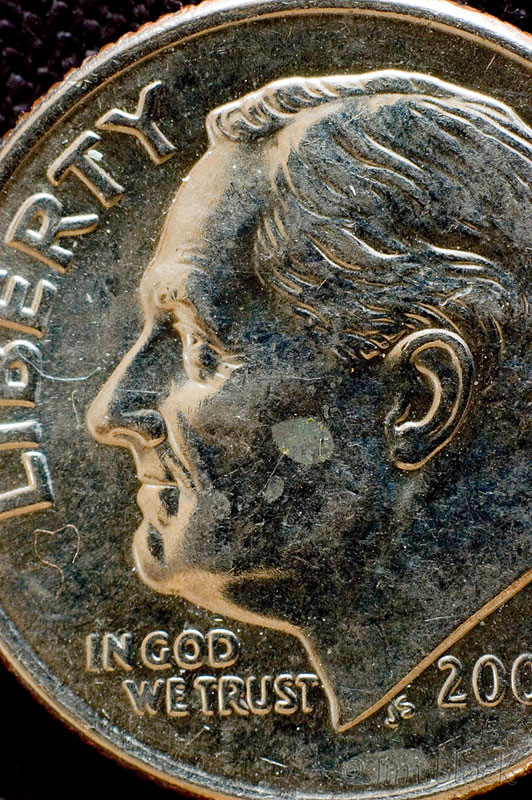
Click HERE for some more recent and outdoor photos made with this lens.
